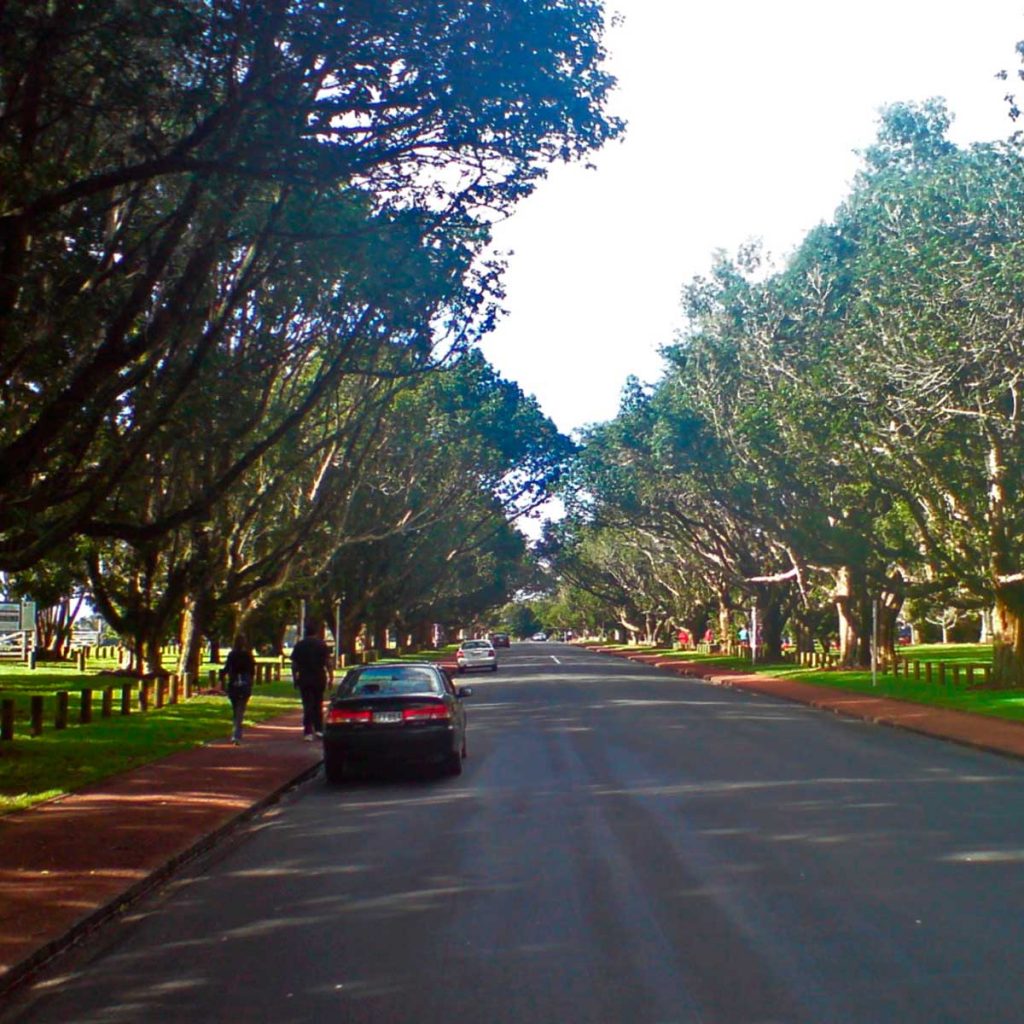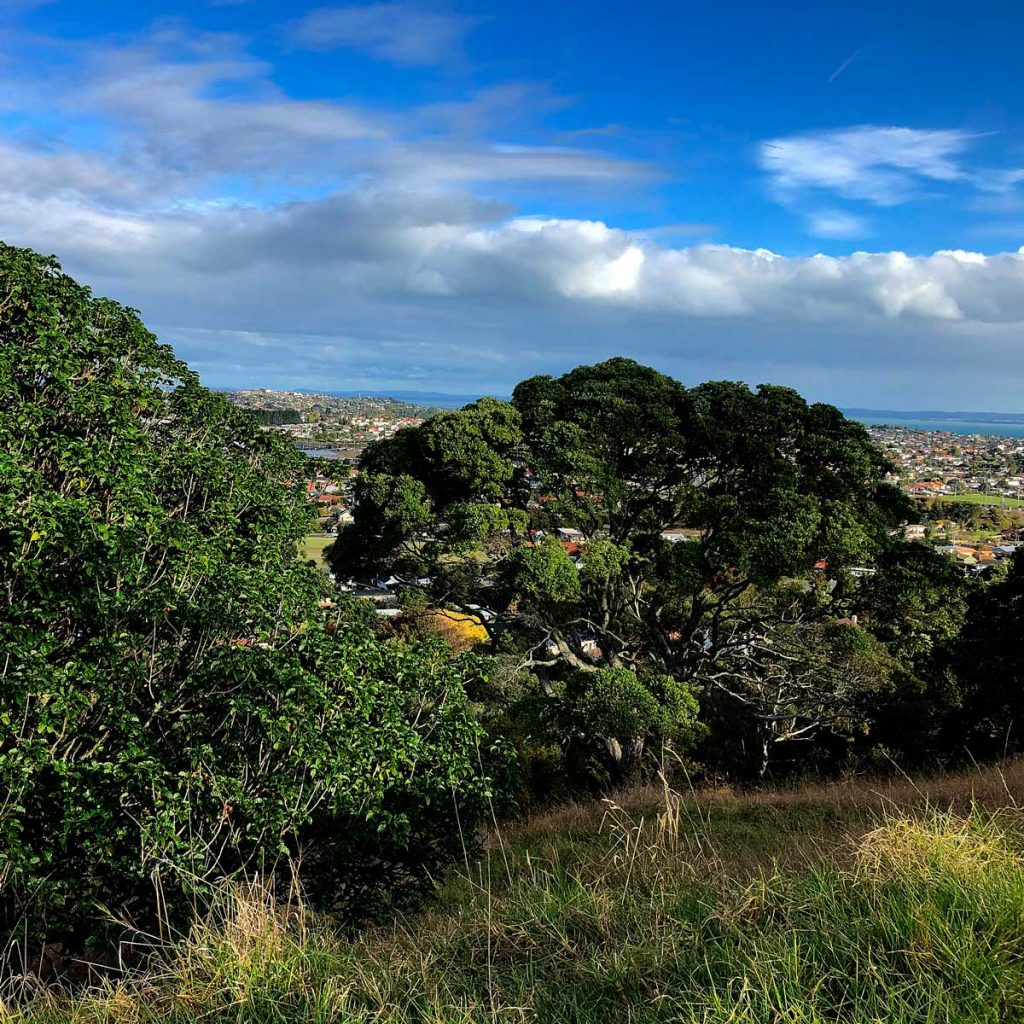
Trees / Puriri
Information for Juniors
Puriri
- Puriri’s are found in the middle of the North Island
- The Puriri is different from most other native trees. Because pollination is dependent only on the birds!
- They enjoy the large flowers and the fleshy fruit
- Puriri seeds are dispersed in the birds droppings
- A beautiful tree grows to 25m with the trunk’s diameter averaging 1.5m
- The crown is magnificent and provides food and shelter to our bird life and other inhabitants
Bark & Foliage
- The bark is light brown but like most of us becomes flaky with old age
- On the young branches the leaves spread to form a ‘hand’ with 5 leaves, 3 big ones and 2 small ones
- The leaves are smooth, strong, wavy and the veins are very visible on the underside
Flowers and Fruit
- Flowers are bright ranging in colour from pink to bright red
- Once pollinated the flowers become big red fleshy fruit with a stony pip in the centre
- The flowers and fruit are present all year round
Interesting Facts
- The common name is NZ Mahogany
- Puriri provides quality timber
- The timber is one of the strongest of our natives and used for such things as bridges and piles, railway sleepers and in ship building
- Puriri provides food for our NZ native birds like the Pidgeon (Kereru)
- The Puriri moth is NZ’s biggest moth
- The Maori boiled the Puriri leaves and used it as a remedy for rheumatic pain and other pain from sprains and backaches, even sore throats


Information for Junior Secondary
Puriri
- Puriri’s are found mostly in the North Island, specifically on the volcanic plateau
- The Puriri is different from most other native trees, because pollination is dependent only on the birds!
- The birds enjoy the large flowers and the fleshy fruit
- The seeds are dispersed in the birds droppings
- A beautiful tree growing to 25m with the trunk’s diameter averaging 1.5m
- The crown is magnificent and provides food and shelter to our bird life and other inhabitants
Bark & Foliage
- The bark is light brown but like most of us becomes flaky with old age
- On the young branches the leaves spread to form a ‘hand’ with 5 leaves, 3 big ones and 2 small ones
- The leaves are smooth, strong, wavy and the veins are very visible on the underside
Flowers and Fruit
- Flowers are bright ranging in colour from pink to bright red, even crimson and full of pollen in spring
- Once pollinated the flowers become big red fleshy fruit with a stony pip in the centre. The pip is actually 4 individual seeds in one encasement
- The flowers and fruit are present all year round although summer is the most prolific
Interesting Facts
- The timber is one of the strongest of our natives and used for such things as bridges and piles, railway sleepers and in ship building
- The Maori name is Kauere
- The common name is NZ Mahogany
- The Puriri provides food for our NZ native birds like the Pidgeon (Kereru)
- The Puriri moth loves the Puriri hence its name and is NZ’s biggest moth
- The Maori boiled the Puriri leaves and used it as a remedy for rheumatic pain and other pain from sprains and backaches, even sore throats


Information for Seniors
Puriri
- The Puriri is different from most other native trees. Pollination is dependent on the birds!
- The birds enjoy the large flowers and the fleshy fruit and the seeds are dispersed in the droppings far and wide
- Puriri’s are found mostly in the North Island, specifically on the volcanic plateau
- A beautiful rigorous tree growing to a maximum of 25m with the trunk’s diameter averaging 1.5m
- The crown is magnificent and provides food and shelter to our bird life and other inhabitants
Bark & Foliage
- The bark is light brown but like most of us becomes flaky with old age
- On the branch lits (young branches) the leaves spread to form a ‘hand’ with 5 leaves, 3 big ones and 2 small ones
- The leaves are smooth, strong, wavy and the veins are very visible on the underside
Flowers and Fruit
- Flowers are bright ranging in colour from pink to bright red, even crimson and full of pollen in spring
- Once pollinated the flowers become big red fleshy fruit with a stony pip in the centre. The pip is actually 4 individual seeds in one encasement
- The flowers and fruit are present all year round although summer is the most prolific
Interesting Facts
- The Maori name is Kauere
- The common name is NZ Mahogany or Teak
- Over the years the Puriri has provided timber for a range of products
- The Puriri provides food for our NZ native birds like the Pidgeon (Kereru)
- The Puriri moth loves the Puriri hence its name and is NZ’s biggest moth
- The Maori boiled the Puriri leaves and used it as a remedy for rheumatic pain and other pain from sprains and backaches, even sore throats


Activities
- Find 4 facts describing why the Puriri is one of the most sought-after timbers in NZ?
- Write a brief report showing the technology the Maori used for cutting down Puriri trees before the white man came
- Find 4 photos that show the change of the machinery used in the forest to transport trees that have been felled since 1900
- Draw a Puriri leaf alongside a Kauri leaf. (You might like to do a rubbing art work with 3 different native tree leaves)
